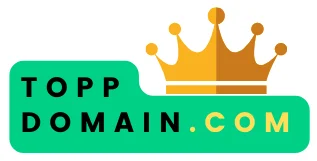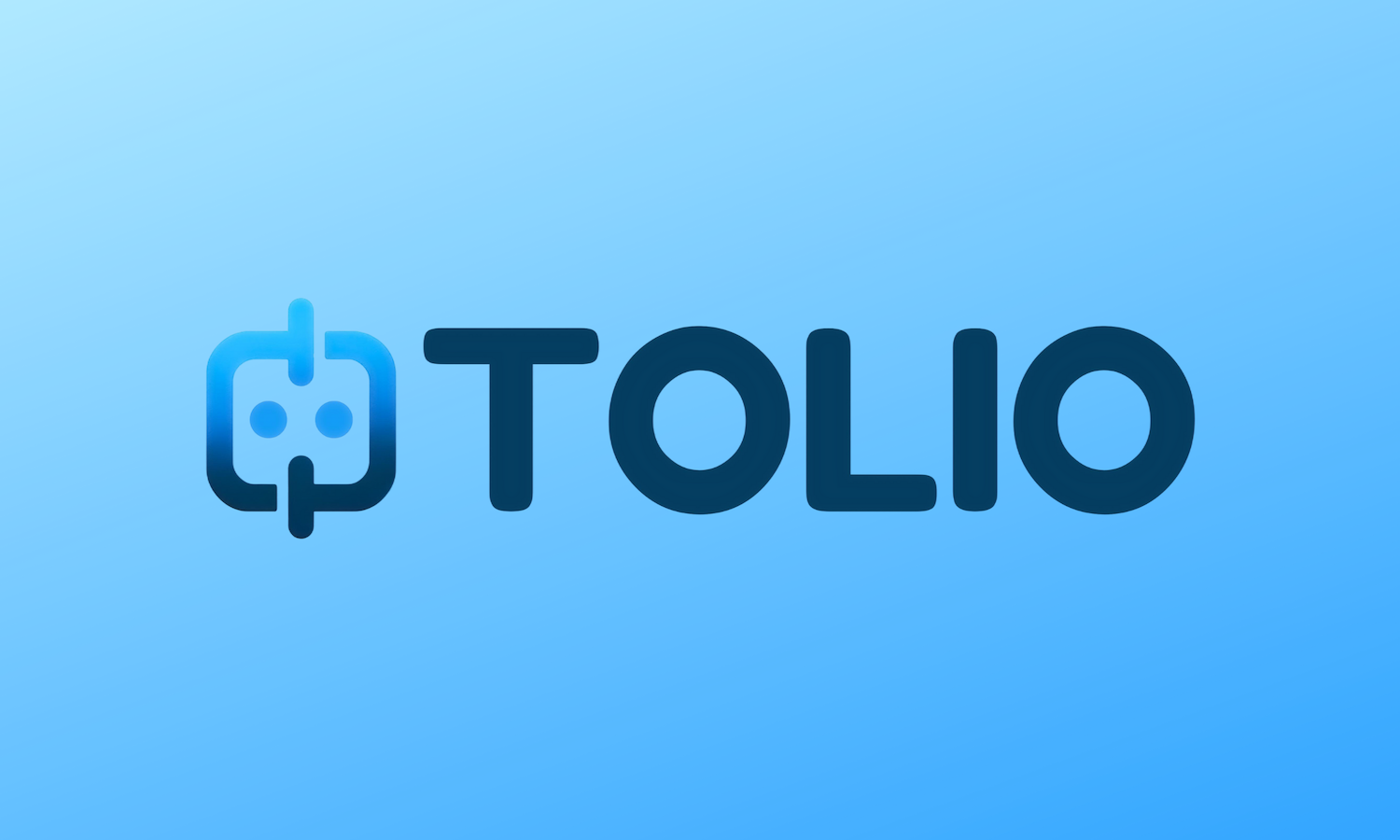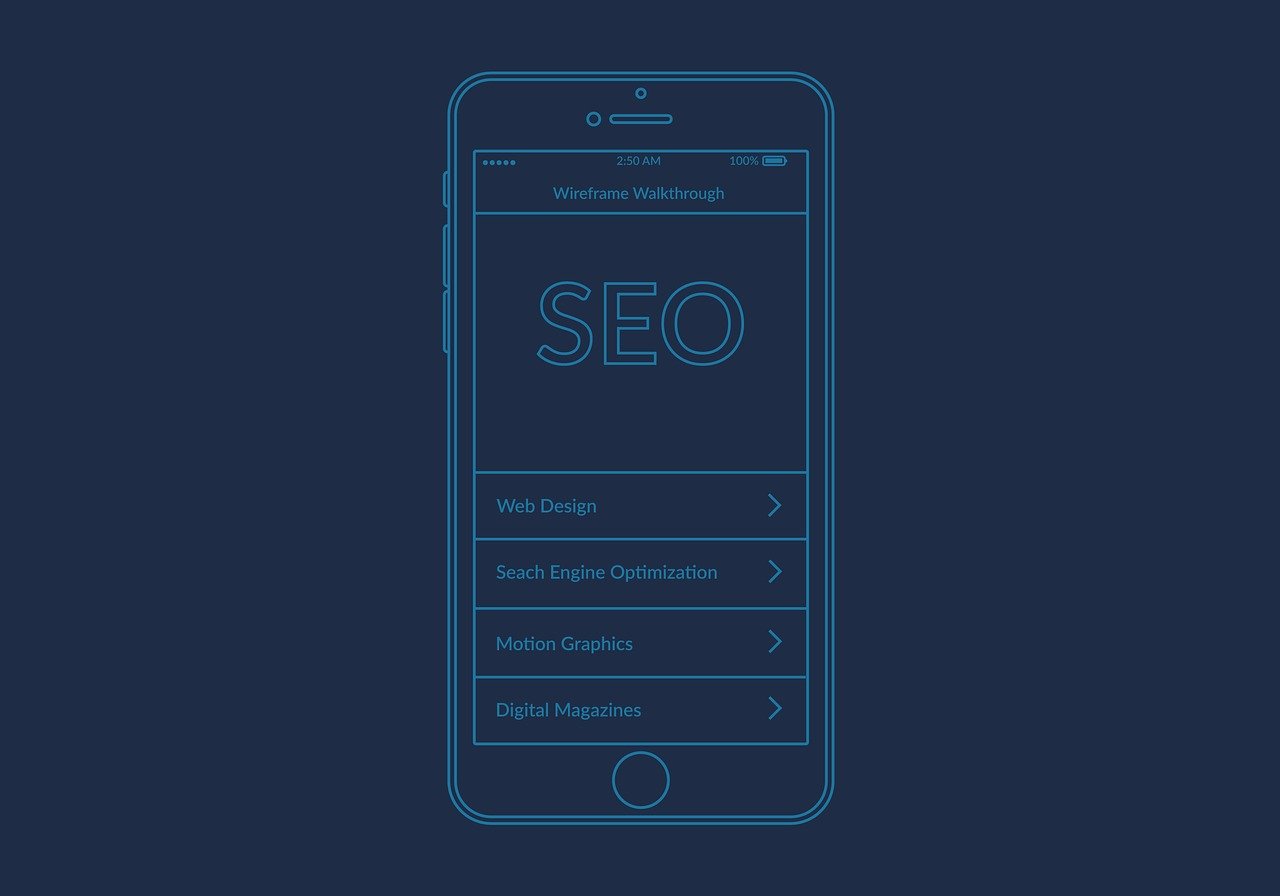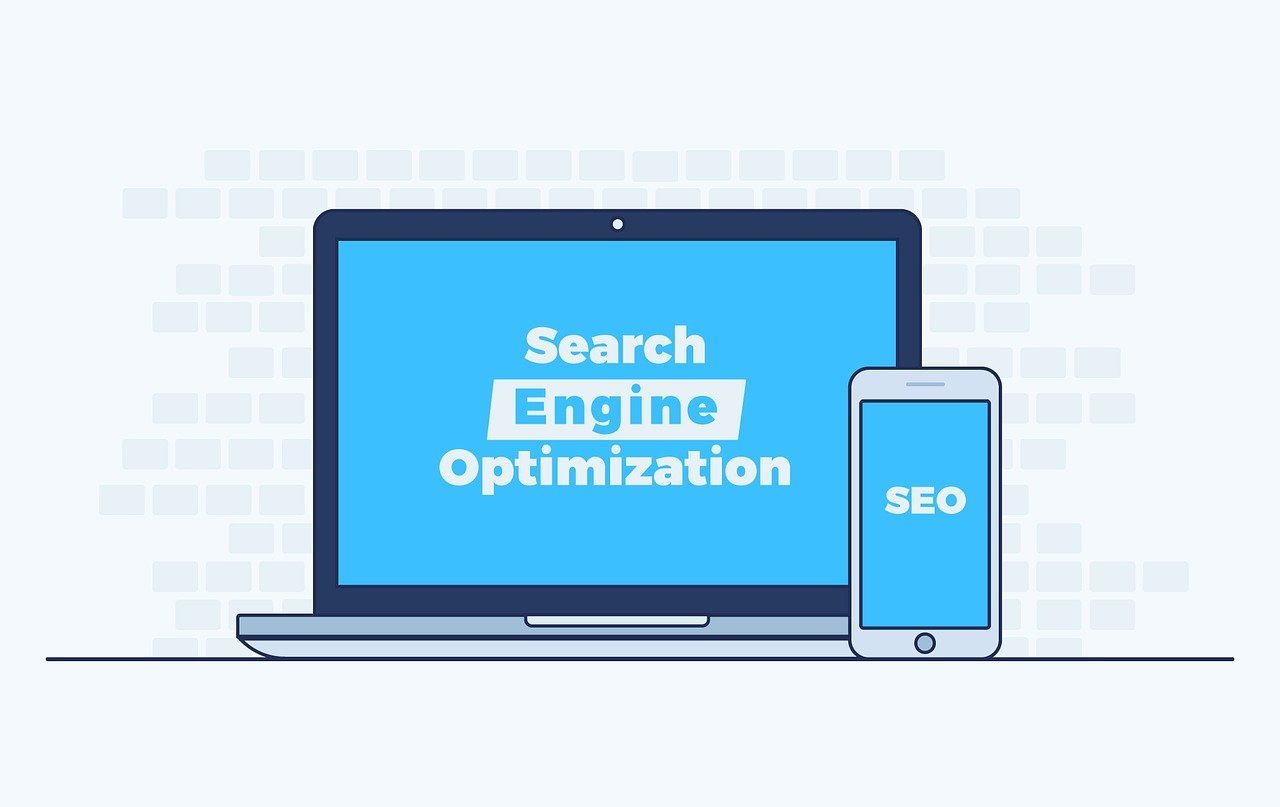Being visible online is vital in today’s digital landscape. At the same time, the competition is fierce and the marketing methods are many.
A marketing method that is absolutely central to being seen online is search engine optimization, SEO. Since an overwhelming majority of customers begin their customer journey on a search engine, it becomes incredibly important for companies to be visible there. Search engine optimization plays a crucial role in achieving this.
At the same time, SEO is very broad and it can be difficult to keep track of all the different components that go into a successful SEO strategy.
The basis for successful SEO, however, is of course your website. The goal of search engines is to present as high-quality and relevant search results as possible that give their users what they are looking for while offering a good user experience. This is something that you should always keep in mind when working with SEO, regardless of which part of SEO you focus on.
No matter what, all successful search engine optimization starts with an SEO analysis of your website. This is also something that should be done regularly to understand where you stand right now, how your strategies are working, and what adjustments need to be made.
To help you with just this, in this article we will go through how to carry out a comprehensive SEO analysis of your website.
Preparation for the SEO analysis
Before starting your SEO analysis, it is important to have the right tools and resources at hand. Google Analytics and Google Search Console are two of the most basic and popular tools available. Then you have more advanced, paid tools such as SEMrush, Ahrefs, or Moz that can provide deeper insights. For technical analysis, tools like Screaming Frog can be handy. Be sure to use these different tools and learn how to use them effectively.
Before you start with all the technical details, it is important to clarify your goals and your target audience. What do you want to achieve with your website? Who is your ideal visitor or customer? Before you can search engine optimize to reach your target audience, you need to know who they are. Maybe not so clever. Based on this, you can better design your SEO strategy to better meet their needs and expectations.
All industries and branches also have different challenges and conditions when it comes to SEO. For this reason, it can be good to do more research for your particular industry. Which search terms are most relevant? What does the competition look like? A better understanding of the conditions in your industry makes it easier to tailor your SEO strategy to outperform the competition.
Once you’ve done this, it’s time to do a thorough analysis of your current website. Evaluate its structure, design, usability, and overall performance. It is important to identify things such as slow load times or broken links.
Last but not least, when you start your SEO work, it is important to have clear and measurable so-called KPIs. It could be increased organic traffic, improved page speed or increased conversions. With clear and measurable goals, it becomes easier to evaluate how effective your strategy is and based on these to adapt and adjust your strategy accordingly.
Keyword analysis
The next step is keyword analysis, something that is a central component of any SEO strategy.
The goal of a keyword analysis is to identify relevant keywords that your target audience uses to find exactly what you offer. Based on these keywords, you should then create content that focuses on them to allow your page to appear for those keywords.
To do keyword research, you should use keyword tools such as Google Keyword Planner, SEMrush or Ahrefs to gain an understanding of search volume, competition and identify related keywords. One tip is to research keywords that are both relevant to your business but which at the same time have a reasonable search volume. Higher search volume is generally not better because it also means that the competition is higher. Unless you have an extremely strong site, it can be difficult to compete against the bigger fish out there for these keywords. Instead, try to find a balance between search volume and competition.
If you have a local business such as a shop or a service-based business, the focus should be on doing a local keyword analysis. This means identifying local search terms that are specific to the city, region, or area you are focusing on. This may include city names, areas or other geographic indicators relevant to your target audience.
In your keyword analysis, you need to do a careful evaluation of the competition and which keywords your competitors are using. Check out what keywords they rank high for, what content they create to rank, and how you can win over them. Analyzing your competitors makes it possible to identify your competitors’ strategies, strengths, and weaknesses.
Long-tail keywords
In your keyword analysis, you should not completely exclude broad keywords. You could say these lay the foundation for your site as a whole to give context to the search engines and tell them what your site is about. But on top of this, the focus should be on so-called long-tail keywords. As discussed earlier, more specific search terms have lower competition for which you are therefore more likely to rank well. The benefit of these beyond being easier to rank for is that they can help you target more specific and purchase intent searches.
Technical SEO
The next part of an SEO analysis is to look more closely at the technical SEO of your website. After all, your website lays the foundation for your SEO work and if you have a bad foundation, it is difficult to build on and maximize the results.
Website Structure
Page Structure and Hierarchy: Evaluate your site’s overall structure and hierarchy. Your website should have a logical and user-friendly page structure that makes navigation both for visitors and search engines. Make sure your most important pages are easily accessible and that there is a clear hierarchy.
Link structure: Review the link structure of your website both internally and externally. Internal links between related pages help search engines understand how your website is organized. External links should be relevant and of high quality to strengthen your website’s authority. Both internal and external links on your website are important for optimization.
Speed Optimization
Load times: Search engines place a lot of importance on page speed because of how much of an impact it has on the user experience. For this reason, it is important to carefully analyze your website’s load times and identify potential bottlenecks such as heavy files, large images, and the like. One tip is to use tools like PageSpeed Insights to get insight and recommendations on how to improve your website’s load time.
Image optimization: Images can have a big impact on how fast your website loads. One of the most important things you can do to speed up your website is to compress images to reduce file size without losing quality. When it comes to images, you also don’t want to forget to use alt text to describe images as it provides additional information to search engines and helps you rank better in image searches, which can also drive traffic.
Optimize for mobile
An overwhelming majority of users on search engines use mobile phones and with this in mind, it is of course incredibly important to adapt your website for mobile.
It is therefore more important that your website has a responsive design that adapts to different screen sizes and devices. As mobile usage increases, Google prioritizes websites that provide a good mobile experience. Google actually has a “mobile-first” indexing approach that puts a lot of emphasis on the mobile user experience.
Technical Aspects
When it comes to the technical aspects, you should check and optimize your robots.txt file to control the crawling of your website by search engines. You should ensure that you have an up-to-date sitemap.xml file to facilitate search engine indexing.
In addition to this, SSL encryption is also important. You do this by getting the HTTPS protocol for your website to encrypt data. Search engines rate websites with SSL security higher and it also provides a safer user experience.
Crawlability and Indexing
When doing an SEO analysis of your website, you should look at crawlability and indexing. When it comes to crawlability, you need to look at identifying and handling any 404 errors on your site. Also, use 301 redirects to direct visitors and search engines from old to new pages.
Use canonical tags to avoid duplicate content and to indicate the primary version of a page, especially if similar pages exist with different URLs. Duplicate content can hurt your SEO results so it’s important to manage it properly.
Finally, your website is a constant work in progress so you need to regularly monitor your website with tools like Google Search Console. This gives you insight into any technical issues and how your site is performing on the search engines.
Content analysis
The next step is to do a content analysis. The content of your website plays a central role as it is the content of your website itself that you rank for. That’s why you need to put a lot of emphasis on creating high-quality content and regularly monitor how it’s performing.
Your focus should be on creating unique and high-quality content that stands out from the competition and, above all, provides as much value as possible to users. Search engines want to offer the best possible results to their users so it goes without saying that this is of utmost importance. Avoid duplicating content, both from other pages, and using the same content on multiple pages.
When creating content, you should always consider your target audience. Your content should focus on answering relevant questions, educating, or engaging your target audience. The more relevant content you can create, the more likely visitors will stay longer on your site. Longer time spent on a page is a clear sign to search engines that users appreciate the content on your site which is rewarded with improved rankings.
On-Page SEO
In addition to creating high-quality content, you also want to optimize page titles and meta descriptions. The goal of these is to make them as enticing as possible so that users click on them. The better the CTR (clickthrough rate), the better your page will rank in the search results. The texts should include the keyword that the page focuses on but also be interesting and attract the users.
In the texts, you should also use structured headings (H1, H2, H3, etc.). This makes your texts easier to read while making it easier for search engines to understand the hierarchy of the content.
Image and Multimedia optimization
You must also not forget all other types of content besides text. First and foremost, you should have clear and concise alt texts for your images. This gives search engines context and helps them understand what the images are about.
You should actively include images, videos, and other interactive content to break up text and make the page more appealing to users. This type of content can extend the time users spend on your website, which is positive in the eyes of search engines. Also remember to optimize metadata and descriptions for these elements.
Keyword Density and Natural Language Usage
You want a balanced keyword density and natural language usage on your website This means you should avoid over-optimizing by artificially stuffing pages with keywords in the belief that it will help you rank better. In fact, that time is over. Unnaturally including lots of keywords can instead have a negative effect as it often reduces the quality of the text and thus the user experience.
Another tip is to use semantic search. This means that you include related terms and synonyms to the keyword that you are focusing on. This can help a page rank for multiple keywords rather than just one, while improving relevance.
Update content
It’s also important to regularly update your existing content in addition to just creating new. This shows search engines that your content is relevant and not outdated. Old and outdated posts with out-of-date information can drag down the entire site’s performance.
It is important to focus on creating easy-to-read content as it increases the time users spend on your site.
Create easy-to-read content by using short paragraphs, clear headings and simple language. This, together with images, bulleted lists, videos, and other things increases user-friendliness and time spent on the page. Remember, we humans are visual creatures after all.
Link profile and Off-Page SEO
Another important part of your SEO analysis is your link profile and off-page SEO. As you probably know, backlinks are one of the most important factors for SEO.
Start by analyzing your backlinks and create a strategy to build more. Buying links is usually the easiest and most flexible way, but this can of course be supplemented by other strategies such as creating high-quality content and collaborating with influencers and bloggers.
Keep in mind that not all links are worth the same amount. High quality links from established sources often have more link power than smaller pages. Above all, quality is significantly better than links from irrelevant, spammy pages.
One tip is to analyze your competitors’ link profiles to identify opportunities and strategies. What many do is to see what links their competitors have and then contact them to ask how they can get a link from that site as well.
Make it a habit to regularly monitor your link profile and track its progress using various link profile tools such as Ahrefs or Majestic.
Internal links
As we mentioned earlier, internal links are also important for your SEO. internal links create a “web” on your website between different pages which helps search engines understand the structure of your website. Additionally, it can increase user engagement by suggesting related content.
When creating links, both external and internal, you should carefully consider the anchor texts. You want to make sure that your link profile is diversified with different types of anchor texts while being relevant to your website such as with different keywords. Relevant anchor texts provide additional context about the content of the linked page for users but also improve relevance.
Measurement and Analysis
A central part of an SEO analysis of your website is of course measuring and analyzing. Only then can you know how you are performing today, how any strategies are performing, and how you can improve your current results. Google Analytics gives you access to a wealth of valuable data about your website such as traffic sources, user behaviors, and conversion patterns. In this way, you gain a better insight into how visitors interact with your website and can adjust your strategy accordingly.
The Google Search console that we discussed earlier is another great tool. This will help you understand your site’s performance on search engines and get information about indexing, keywords, and detect any technical issues that may affect search engine visibility.
One tip is to regularly create reports where you evaluate your website’s current performance in the search engines and ranking positions for various keywords. Keep track of changes over time and analyze which factors may affect the ranking. In your evaluation, you should look at organic traffic for different pages and keywords. Identify which content performs best and optimization opportunities for lower traffic pages.
Crawling reports from tools such as Google Search Console or Screaming Frog can also be useful for identifying technical issues that may affect search engine indexing. It is important to quickly correct any errors that are detected.
Finally, you should regularly monitor the page speed of your website. If you notice changes and your page is slowing down, you should identify the specific pages or elements that are affecting the load time and take action.
Optimization strategies and recommendations
Once you’ve done an SEO analysis of your website, it’s time to move on and start implementing different optimization strategies based on the information you’ve gotten from your analysis.
Prioritization of High Performing Keywords
Now that you’ve analyzed keywords and know which keywords generate the most traffic and conversions, it’s time to focus on optimizing content and pages related to those high-performing keywords. This is important to further strengthen their position.
In addition to this, you should expand your content by including relevant longtail keywords in a natural way. This can help you reach a more targeted audience.
Continue to optimize your content
As we discussed earlier, it is important not only to create new content but also to regularly update existing content. Work to make the content more valuable, insightful, and detailed. Of course, you want to aim for your content to be more comprehensive and detailed than what your competitors offer.
Most importantly, the information on the pages is up-to-date and does not contain outdated data, statistics or information.
Also, be sure to keep track of new trends and possibly new topics and issues that you can include and cover on your existing pages to make them more comprehensive.
Technical SEO optimization
Technical SEO is another important part of your SEO optimization. Be sure to continue to monitor and fix technical errors that may occur. It can include anything from pages with 404 errors, broken links, or indexing issues. Leaving these issues unaddressed can negatively impact your SEO. The sooner you identify and fix these issues, the better for your SEO.
Link building and Off-Page Optimization
Keep working on building high-quality backlinks. You should regularly work to improve your link profile. Link building is a work in progress that is never finished. The more high-quality links you have, the higher authority your website will receive.
User experience and Page optimization
Going forward, you should continue to monitor and optimize your website for fast page load times. Since page speed is so closely related to the user experience, it’s an ongoing effort that you must regularly monitor. Use image compression, caching, and other techniques we’ve discussed to reduce your site’s load time.
An important part of the user experience is of course also having a user-friendly and appealing design. Simple navigation and aesthetically pleasing layout can reduce your so-called “bounce rate” and increase user interaction.








![76 Tips to Optimize your Website for SEO [Guide]](https://toppdomain.com/wp-content/uploads/2023/12/web-3967926_1280.jpg)